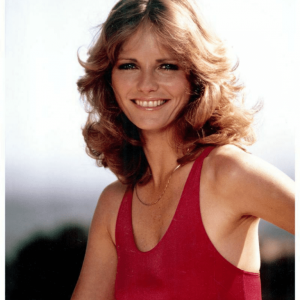At first glance, this unforgettable scene from The Apartment (1960) appears to show a sea of workers drowning in the monotony of corporate life. Jack Lemmon, playing C.C. Baxter, sits slumped at his desk, his weary face pressed against his hands—a visual encapsulation of his exhaustion and despair. The seemingly endless rows of desks stretch far into the distance, creating a stark, impersonal image of modern work culture. But here’s the twist: this shot is not computer-generated or edited in any way. It’s a masterpiece of movie magic achieved entirely through forced perspective.
To craft this iconic scene, director Billy Wilder and set designer Alexandre Trauner didn’t rely on elaborate post-production edits. Instead, they placed full-sized desks and adult actors in the foreground. As the desks receded into the background, they used smaller desks, child actors, and even cardboard cutouts to create the illusion of endless rows of workers. The result is a breathtaking and uncut visual trick that perfectly conveys the isolating grind of corporate life—simple yet ingenious filmmaking that holds up to this day.
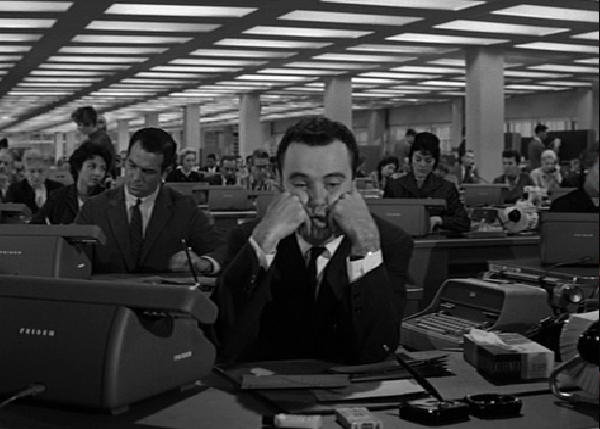
1. A Plot Rooted in Real Scandals and Inspiration from Brief Encounter
The story of The Apartment didn’t emerge from thin air; it was inspired by both cinematic brilliance and scandalous real-life events. Billy Wilder found his initial spark after watching David Lean’s 1945 film, Brief Encounter. In the movie, a friend lends his apartment for an affair, a subplot that intrigued Wilder. What might life look like for such a character?
Adding to this foundation, Wilder and his co-writer I.A.L. Diamond took cues from a shocking Hollywood scandal. Talent agent Jennings Lang was caught in an affair with actress Joan Bennett. Her husband, Walter Wanger, discovered their meetings—held at an apartment Lang borrowed from a friend—and shot Lang in the groin during a heated confrontation. This real-life drama helped shape the moral complexities of the film.
But Wilder and Diamond didn’t stop there. A friend of Diamond’s who discovered his ex-girlfriend’s tragic suicide in his apartment added a darker emotional layer to the screenplay, creating a narrative that’s as poignant as it is humorous.
2. The Stunning Office Scene: A Lesson in Movie Magic
The image you see—a seemingly endless office—isn’t as large as it appears. Billy Wilder and his team brilliantly executed this scene with no edits, proving that great filmmaking is about creativity, not just resources. Forced perspective, miniatures, and strategic placement all combined to craft this unedited optical illusion, making it one of the most iconic shots in cinema history.
3. A Strict Script Policy—With One Major Exception
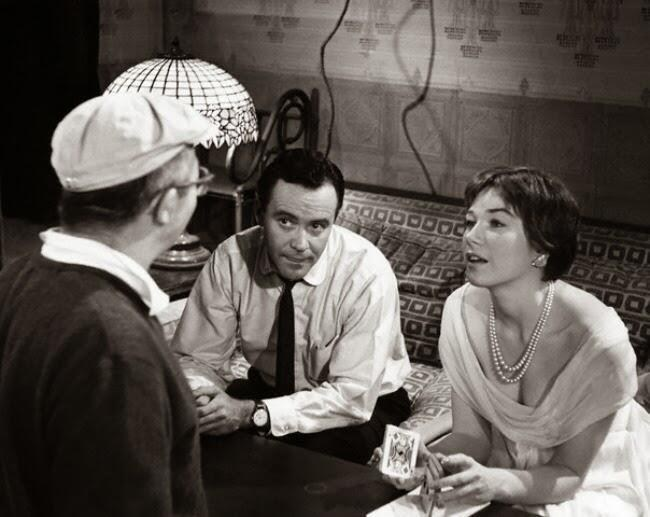
Billy Wilder was known for his meticulous attention to detail, and this extended to his scripts. Actors were expected to deliver their lines exactly as written. Shirley MacLaine, who played Fran Kubelik, frequently ad-libbed, much to Wilder’s frustration. Even a single missed word could lead to multiple reshoots.
However, Jack Lemmon was granted a rare exception. Wilder trusted Lemmon’s comedic instincts, allowing him to improvise in two memorable scenes. One features Lemmon singing while straining spaghetti through a tennis racket, and the other shows him hilariously squirting nasal spray across the room.
Ironically, the film’s famous final line—“Shut up and deal”—was itself an unscripted addition. Wilder and Diamond came up with it during filming, proving that even perfectionists can embrace spontaneity when it counts.
4. Breaking Records: The Last Black-and-White Best Picture for Decades
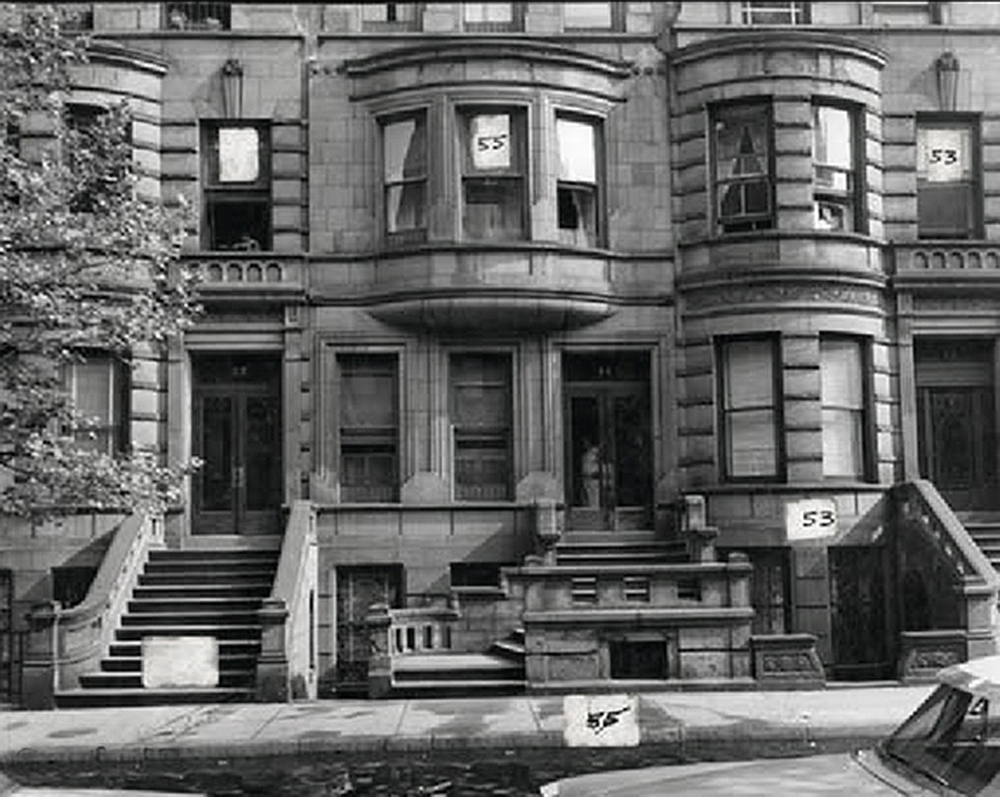
The Apartment earned its place in history by becoming the last black-and-white film to win the Academy Award for Best Picture for over 50 years. It wasn’t until The Artist (2011) that another entirely black-and-white movie achieved this honor.
Interestingly, The Apartment also nodded to previous Oscar winners, a rarity at the time. Jack Lemmon’s character attempts to watch Grand Hotel (1932), and there’s a witty reference to The Lost Weekend (1945), another Wilder masterpiece.
5. Soviet Bloc Praises: A Backhanded Compliment
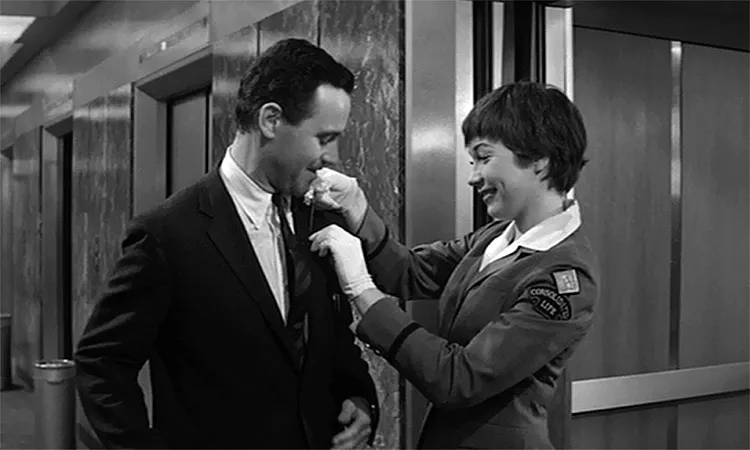
Perhaps surprisingly, The Apartment received glowing reviews from critics in the Soviet Bloc. They saw it as a biting critique of capitalist society, interpreting the story as a reflection of the loneliness and exploitation inherent in such a system.
During a dinner in East Berlin, Wilder quipped that the story could take place anywhere—except Moscow. Why? “In Moscow, nobody has their own apartment,” he joked. While his comment initially earned applause, it quickly turned to silence when the humor hit a little too close to home.
Why The Apartment Still Matters Today
Six decades later, The Apartment remains as relevant and moving as ever. Its exploration of human fragility, the courage to stand up for oneself, and the transformative power of kindness resonates across generations. Jack Lemmon’s portrayal of Bud Baxter and Shirley MacLaine’s nuanced performance as Fran Kubelik remind us of the complexities of love and self-worth.
Whether it’s the clever dialogue, the innovative filmmaking techniques, or the way it captures the bittersweet nature of life, The Apartment is a masterpiece that continues to inspire.
Conclusion: A Scene That Challenges Expectations
The stunning office image and the deeper emotional layers of The Apartment prove that creativity, raw performances, and careful direction can create moments that resonate for generations. The film stands as a reminder that even in our darkest moments, hope and renewal are always within reach.
